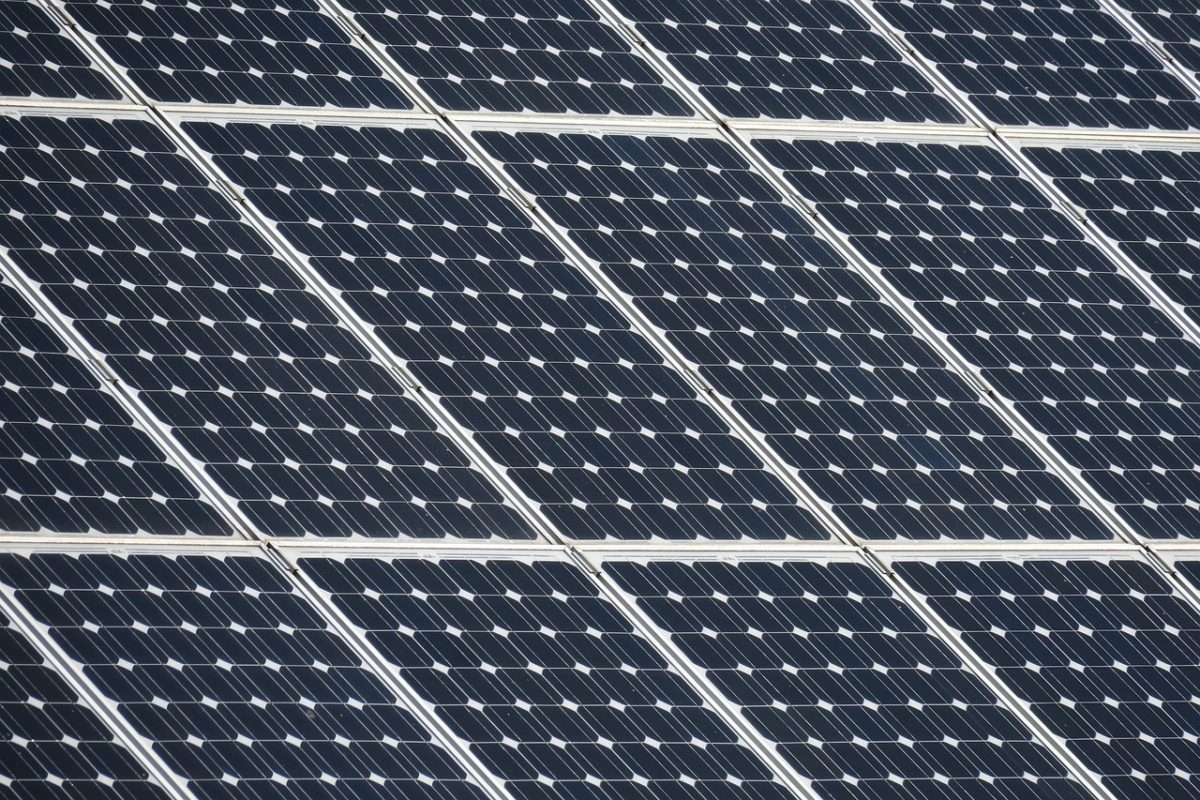Much like Australia’s climatic patterns, its solar industry seems to have gone from drought to deluge, with the industry reporting that the panel market has been flooded with stock.
“It’s created a bit of a false economy in the market because people are buying stock at prices that they’re not really supposed to, but because of where things are at people are desperate to clear stock,” Kosta Bourandanis, sales manager at solar wholesaler Supply Partners, told pv magazine Australia. “That’s a worry because if people are selling something for cheaper than it’s actually worth, they’re making no money.”
The second half of last year saw China, the source of 80% of Australia’s solar equipment, rocked by an energy crisis at exactly the moment manufacturers were scrambling to secure critical materials and freight costs were skyrocketing. The volatility led to some manufacturers pricing their products afresh daily, causing widespread uncertainty.
“As a wholesaler, manufacturer or even retailer, trying to procure stock when you don’t really know what it’s going to cost makes it bloody hard to plan,” Bourandanis said. “Everyone loaded up last year in the fear they couldn’t access stock and now all the stocks they have ordered in the past are starting to land and its much more than the market needs.”
The unpredictability led to excess orders – or rather, orders in anticipation of what is typically the industry’s strongest period, the fourth quarter, which simply didn’t eventuate.
“[There was] a fear of having no stock so [companies] shipped lots of stock here and also they planned for a big Q4, so that’s why the oversupply happened,” One Stop Warehouse’s head of product procurement and marketing, Andy Cheng, told pv magazine.
Both Supply Partners and One Stop reported a panel glut starting around December, January when the extra orders began to roll in from China.
Typically the beginning of summer sees an influx of solar orders, but the final months of 2021 did not see interest spike as much as normal. In fact, according to analysis by Sunwiz, October was the lowest point of a year which concluded in a significantly weaker position than 2020.
To continue reading, please visit our pv magazine Australia website.
This content is protected by copyright and may not be reused. If you want to cooperate with us and would like to reuse some of our content, please contact: editors@pv-magazine.com.




1 comment
By submitting this form you agree to pv magazine using your data for the purposes of publishing your comment.
Your personal data will only be disclosed or otherwise transmitted to third parties for the purposes of spam filtering or if this is necessary for technical maintenance of the website. Any other transfer to third parties will not take place unless this is justified on the basis of applicable data protection regulations or if pv magazine is legally obliged to do so.
You may revoke this consent at any time with effect for the future, in which case your personal data will be deleted immediately. Otherwise, your data will be deleted if pv magazine has processed your request or the purpose of data storage is fulfilled.
Further information on data privacy can be found in our Data Protection Policy.